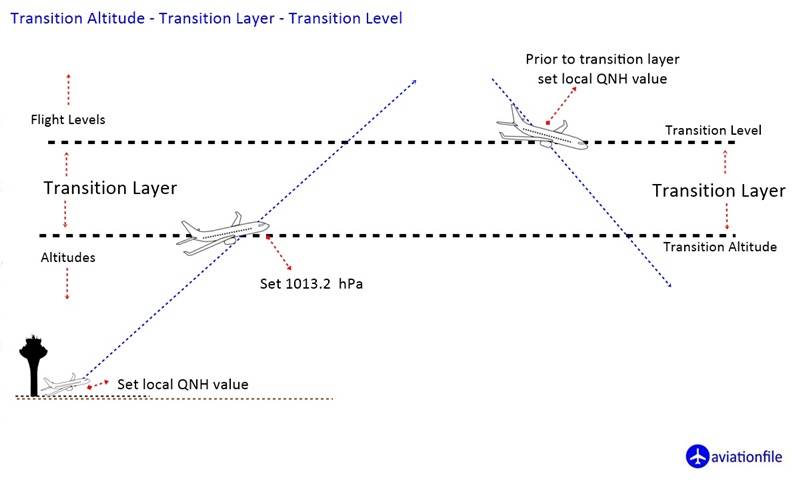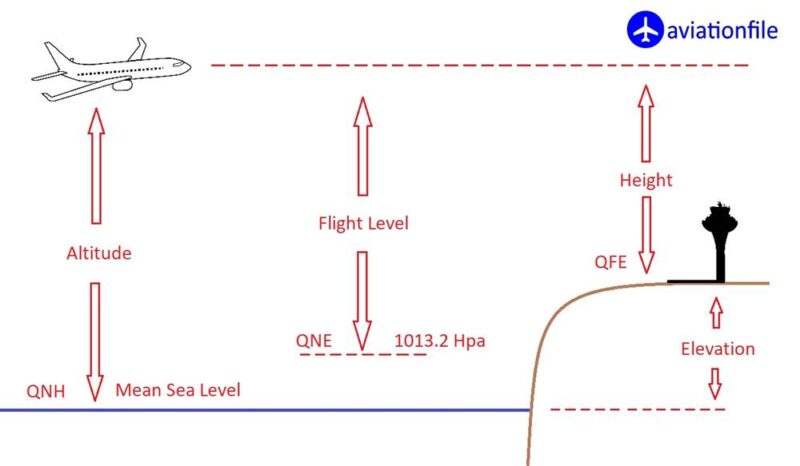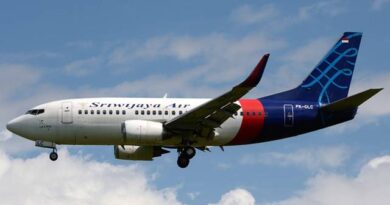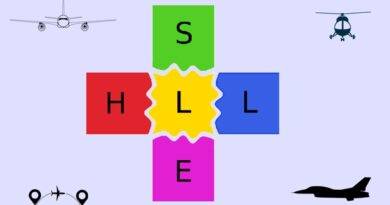Difference Between QNH and QNE in Aviation: Understanding Altimeter Settings
In aviation, accurate altitude measurement is critical for safe and efficient flight operations. Two commonly used altimeter settings—QNH and QNE—help pilots determine their vertical position either in relation to sea level or to standard atmospheric pressure. Understanding the difference between QNH and QNE is essential for both pilots and air traffic controllers.
What Is QNH?
QNH is the altimeter setting that, when set on the aircraft’s altimeter, indicates the altitude above mean sea level (AMSL). It is derived from the current local sea-level atmospheric pressure and varies from location to location and over time.
✅ Key Points:
- Used below the transition altitude (typically 18,000 feet in North America).
- Helps pilots maintain accurate altitude separation during approach, landing, and low-level flight.
- When set on the ground at an airport, the altimeter will read the actual airport elevation.

What Is QNE?
QNE refers to the standard altimeter setting of 1013.25 hPa (29.92 inHg). When an aircraft climbs above the transition altitude, pilots switch to QNE. This setting allows for consistent and universal reference across all aircraft at higher altitudes, referred to as Flight Levels (FL).
✅ Key Points:
- Used above the transition altitude.
- Ensures global standardization of altitude references.
- Altimeter will display pressure altitude, not true elevation.
QNH vs QNE: Main Differences
| Feature | QNH | QNE |
|---|---|---|
| Reference | Local sea-level pressure | Standard pressure (1013.25 hPa) |
| Altitude Displayed | Altitude above mean sea level (AMSL) | Pressure altitude (Flight Level) |
| Used In | Terminal airspace, takeoff/landing | Enroute phase, above transition level |
| Altimeter Reading | Airport elevation on ground | Pressure-based altitude |
Why Is This Distinction Important?
Using the correct altimeter setting ensures vertical separation between aircraft and enhances situational awareness during all phases of flight. Setting QNH during takeoff and landing helps avoid terrain collisions, while using QNE in cruise ensures all aircraft operate on a common vertical reference.
Final Thoughts
Understanding the difference between QNH and QNE is crucial in aviation navigation. These settings play a fundamental role in maintaining vertical separation, aligning with ATC instructions, and ensuring flight safety. Whether you’re a student pilot or an aviation professional, mastering these concepts is a must.

Recommended Tool: https://whataltitude.com


